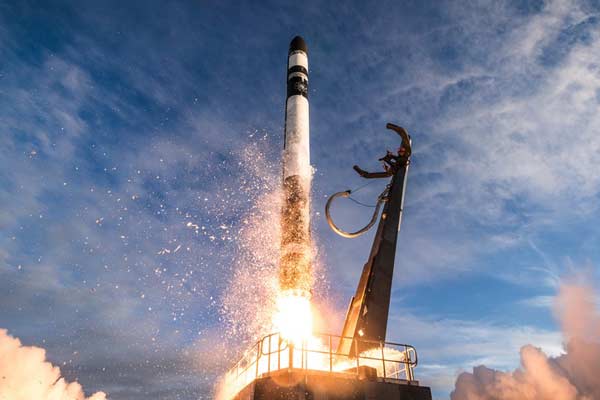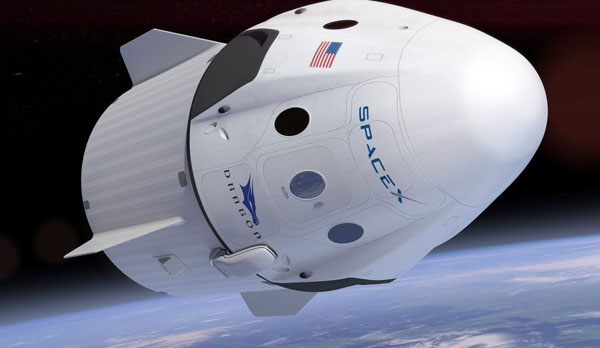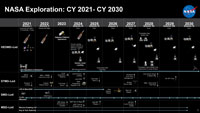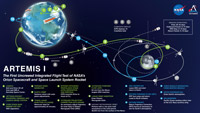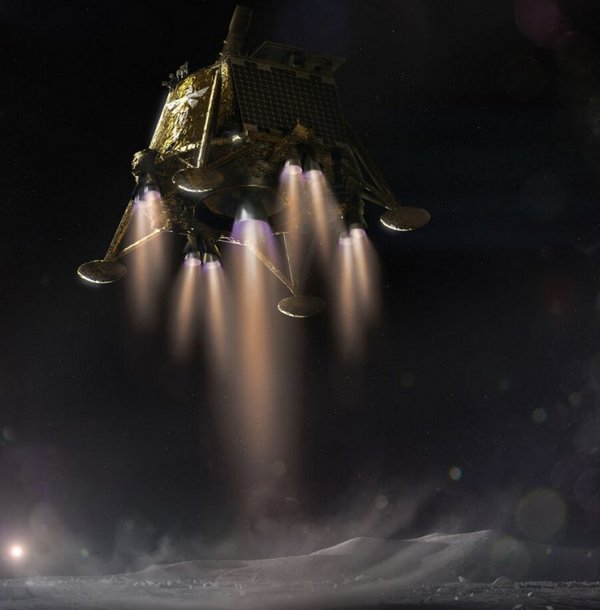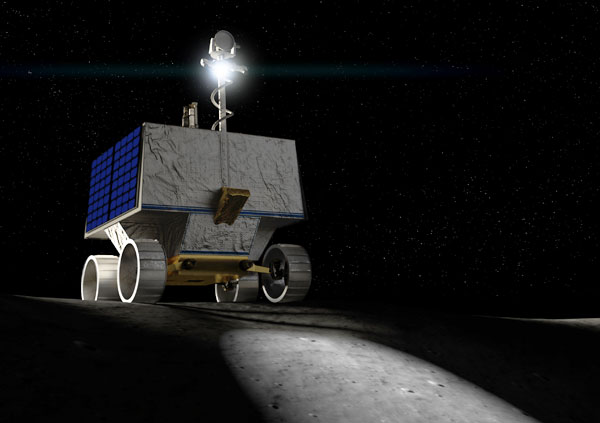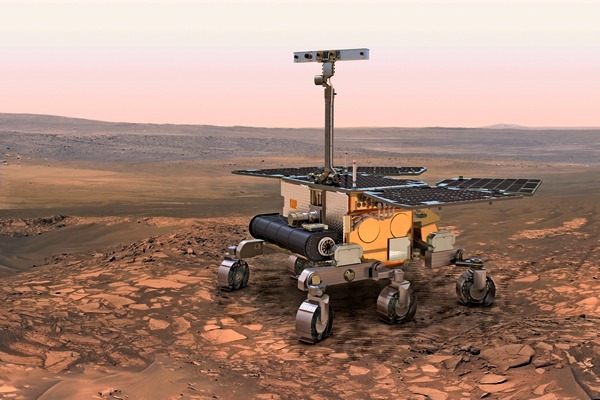SpaceX: Starship
Starship S25 + Booster 9 Orbital Flight Test
These prototypes are test vehicles for the main Starship project.
The Starhopper prototype, powered by one Raptor engine, had a 9 meter diameter and 18 meter height. After the 4 successful tests (including the 150 meter flight) this amazing prototype is now retired and being used as a vertical test stand for Raptor engines.
In November 2019 the development of the prototypes Mk1 and Mk2 was suspended after the Mk1 prototype was destroyed in a tank pressure test. Both prototypes had 3 Raptor Engines.
In February 2020 Starship SN1 (ex Mk3) was destroyed in a pressurization test and SpaceX started testing the Starship SN2 (test tank). After SN2 passed a pressurization test in the beginning of March, the company finished the Starship SN3 prototype but it was also destroyed in the beginning of April.
The SN4 prototype was finished in April and equipped with one Raptor engine, but it was completely destroyed in a dramatic explosion right after completing a static-fire test.
In June 2020 SpaceX completed the SN7 test tank and it ruptured during a stress test.
In August 2020 the SN5 prototype, powered by a solo offset Raptor engine, made a successful 150 meter flight making it the first full-scale Starship prototype to fly and land safely. And in the beginning of September 2020 the Raptor only SN6 prototype made a successful hop flight.
In December 2020 the new steel alloy SN8 with three Raptor engines installed made the first ever high altitude flight. It reached an altitude of 12.5Km and made the "belly flop" manoeuvre and also the "flip landing". Despite exploding right on the spot on the landing pad, the test was a great success for SpaceX.
In February 2021 the prototype SN9 completed its 10km high altitude flight test. Everything went well but unfortunately it exploded on the landing pad after the flip landing manoeuvre.
In the beginning of March SpaceX successfully launched Starship prototype SN10 and it was the first prototype to land safely right on the landing pad. Unfortunately it exploded eight minutes later. In the end of that same month, SpaceX launched the SN11 prototype with harsh weather conditions and dense fog, but it exploded in flight right before the landing.
SN15 launched in the beginning of May 2021 and was the first complete success for SpaceX. The prototype landed smoothly on its legs at the landing pad and it showed that it is indeed a valid technology of a fully reusable space transportation system.
Almost two years after the last test flight, the first orbital flight test was launched. Starship 24 and Booster 7 lifted from the pad and reached a peak altitude of 40km before failing to separate and the vehicle exploded just 4 minutes after the launch. The ground infrastructure suffered a lot of damage with the liftoff and it looks that it will take some months to fix and rebuild all the affected ground equipment.
The next prototype in line seems to be new S25 and it's now almost ready to make SpaceX's first orbital flight test mounted atop the brand new Super Heavy Booster 9.
SN5 Hop Flight Replay (August 4, 2020)

SN6 Hop Flight Replay (September 3, 2020)

SN8 High Altitude Flight Test Replay (December 9, 2020)

Starship SN9 High Altitude Flight Test (February 2, 2021)

Starship SN10 High Altitude Flight Test (March 3, 2021)

Starship SN11 High Altitude Flight Test (March 30, 2021)

Starship SN15 High Altitude Flight Test (May 5, 2021)

Starship 24 + Booster 7 Orbital Flight Test (Apr 20, 2023)

2019 Timeline Click to expand
-
April 3, 2019✔
Starhopper Tethered Test 1 (Alt: Few centimeters)
-
April 5, 2019✔
Starhopper Tethered Test 2 (Alt: 1 meter)
-
July 25, 2019✔
Starhopper Hover Test 3 (Alt: 20 meters)
-
August 27, 2019✔
Starhopper Hover Test 4 (Alt: 150 meters)
-
September 28, 2019✔
Starship Update Presentation
-
November 20, 2019✖
Starship MK1 Explosion
2020 Timeline Click to expand
-
February 28, 2020✖
Starship SN1 Explosion
-
April 3, 2020✖
Starship SN3 Explosion
-
May 30, 2020✖
Starship SN4 Explosion
-
June 23, 2020✖
Starship SN7 Test Tank Rupture
-
August 4, 2020✔
Starship SN5 test Flight 1 (Alt: 150 meters)
-
September 3, 2020✔
Starship SN6 Test Flight 1 (Alt: 150 meters)
-
December 9, 2020✖
Starship SN8 High Altitude Flight Test (Alt: 12.5 Km)
2021/2022 Timeline
-
February 2, 2021✖
Starship SN9 High Altitude Flight Test (Alt: 10 Km)
-
March 3, 2021✔
Starship SN10 High Altitude Flight Test (Alt: 10 Km)
-
March 30, 2021✖
Starship SN11 High Altitude Flight Test (Alt: 10 Km)
-
May 5, 2021✔
Starship SN15 High Altitude Flight Test (Alt: 10 Km)
-
April 20, 2023✖
Starship S24 + Booster 7 Orbital Flight Test
- September, 2023
Starship S25 + Booster 9 Orbital Flight Test
- Coming in 2023
Starship S26 + Booster 10 Orbital Flight Test
- Coming in 2023
Starship S27 + Booster 11 Orbital Flight Test
General information:
Wikipedia(1) •
Wikipedia(2) •
SpaceX
Event news:
Space.com •
SpaceNews •
Teslarati •
Nature •
ArsTechnica •
Engadget













